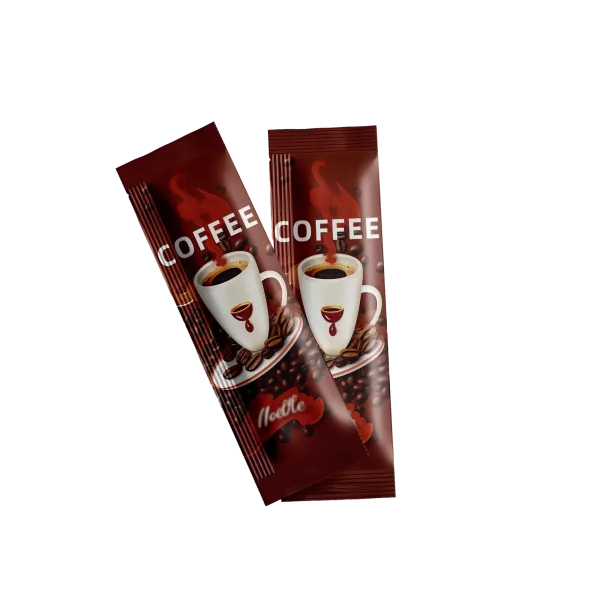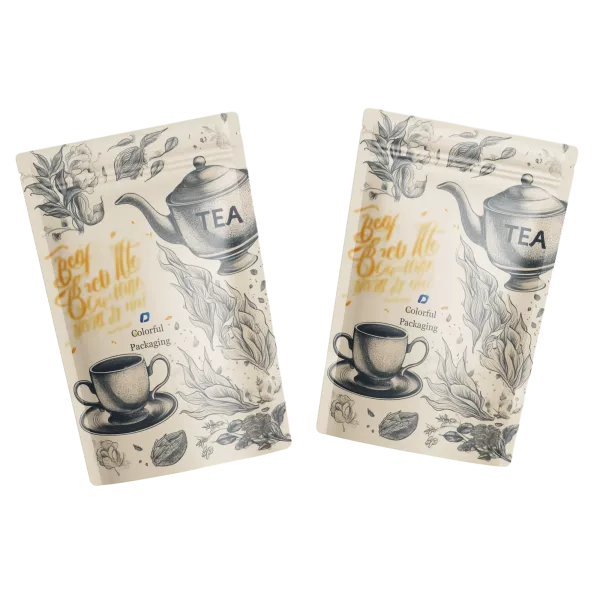Ever wondered why some products are packed in sachets while others come in tea bags? Sure, they are small, convenient, and portable, but there is more to these styles of packaging than meets the eye. From your cup of tea to single-serve condiments or skincare products, the choice between sachets and tea bags often comes down to functionality, design, and purpose. Let’s explore the fascinating differences between these two packaging heroes and discover which suits your needs better.
What Are Sachets and Tea Bags? A Quick Overview
First things first, let’s define what we’re talking about.
Sachets: These are small, sealed packets typically made of materials like plastic, foil, or paper. They are designed to hold single-use portions of liquids, powders, or granules—think sugar packs, instant coffee, or skincare samples.

Tea Bags: By contrast, however, tea bags are designed to be brewing mechanisms. Small and permeable, they hold the leaves inside them, while the water passes through the material to extract the infusion into your cup. While they fulfill the same intent—to make serving easy—they differ greatly in their usage and material.

The material and construction are some of the major factors that distinguish sachets from tea bags:
- Sachets are usually produced from multi-layered packaging materials for freshness. The layering could include plastic, aluminum, or other biodegradable films that protect the product against air, moisture, and light.
- Tea bags are normally manufactured from porous materials, such as filter paper, muslin, or biodegradable plant fibers. These should allow water to pass through with ease while keeping the tea leaves inside.
Key Difference: Sachet packaging focuses on protection and preservation, while the main purpose of a tea bag is to facilitate an easy brew or infusion.
Functionality: More Than Meets the Eye
The largest difference comes from their functionality:
- Sachets are multipurpose. They can package everything from food items, such as sauces, sugar, and coffee, to non-food items like shampoo, face masks, or even medicines. Their main aim is to protect the content and deliver an accurate dose.
- Tea bags, however, have one purpose—to brew tea. They are designed for steeping tea in hot water, making the brewing process clean and convenient.
Consumer Usage and Convenience
Both sachets and tea bags are loved for their convenience, but they’re used in very different ways.
- Sachets: Consumers love sachets for travel and single-use applications. Whether you’re squeezing ketchup onto fries or pouring out instant coffee, sachets make it mess-free and simple.
- Tea Bags: For tea drinkers, tea bags eliminate the need for messy strainers or loose-leaf tea preparation. Just drop it in hot water, and you’re good to go.
Pro Tip: For non-tea-related purposes, sachets win. For tea, nothing beats a tea bag!
Applications Across Industries
1. Food and Beverage
- Sachets: Great for condiments, spices, and instant drinks like hot chocolate or coffee.
- Tea Bags: Exclusively for tea leaves or herbal blends.
2. Personal Care
- Sachets: Very common for shampoo, conditioner, lotion, or skincare samples.
- Tea Bags: Rare in this industry; the only place where they can be found is in DIY herbal infusions for skin treatments.
3. Pharmaceuticals
- Sachets: Prevalent in the industry for single-dose medicines, like powders, granules, or liquids.
- Tea Bags: Not beyond herbal remedy teas.
Environmental Impact: Are They Sustainable?
In a world where sustainability is a big factor, how do sachets and tea bags weigh up?
- Sachets: Traditionally, sachets have often been made from materials that are non-recyclable. Yet, many brands are now introducing compostable and recyclable options.
- Tea Bags: Historically viewed as more environmentally friendly, with most being plant-based. However, some modern tea bags use plastic in their construction, raising concerns about microplastics.
Who Wins? While tea bags are often perceived as greener, eco-conscious sachets are closing the gap.
Sachet vs Tea Bag: Cost Analysis
Cost differences are also notable:
- Sachets tend to have a higher production cost due to multi-layered materials and advanced sealing technology.
- Tea Bags are typically more affordable since they use simpler materials and processes.
For businesses, most of the time, the decision to use sachets or tea bags depends on the budget or the product’s needs.
Trends and Innovations
- Sachets boast a number of new features such as resealable designs and eco-friendly materials. Some even include QR codes for marketing purposes or traceability.
- Tea Bags see pyramid-shaped designs allowing for better infusion of the tea or biodegradable mesh materials.
These evolutions make each packaging option more interesting for the modern consumer.
Which is Better for You?
Ultimately, the choice between sachets and tea bags depends on your needs:
- If you want to package non-tea products like sugar, coffee, or personal care items, sachets are the obvious choice.
- If you’re a tea enthusiast looking for a mess-free brewing method, tea bags are unbeatable.
Both are champions in their domains, and neither is objectively better than the other.
